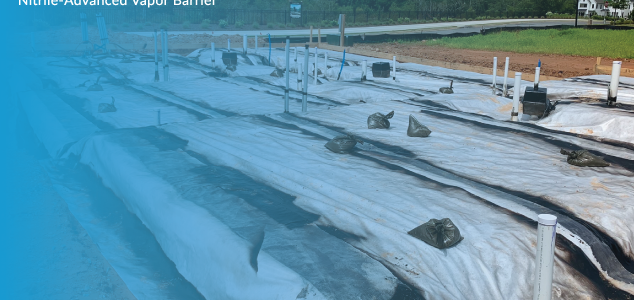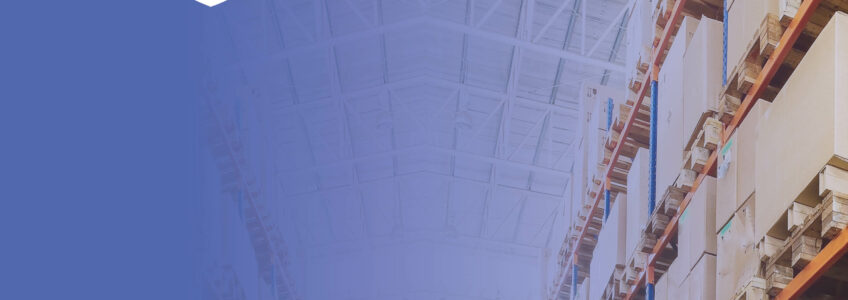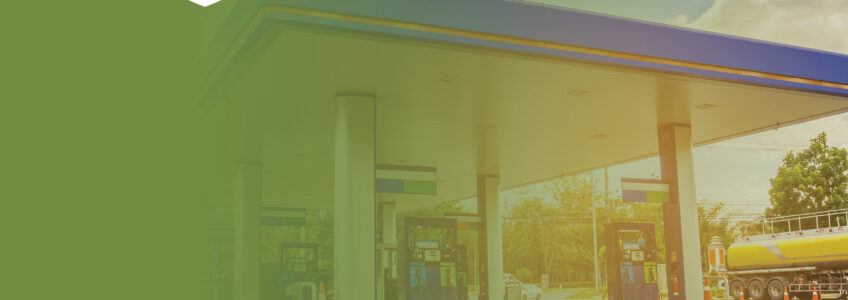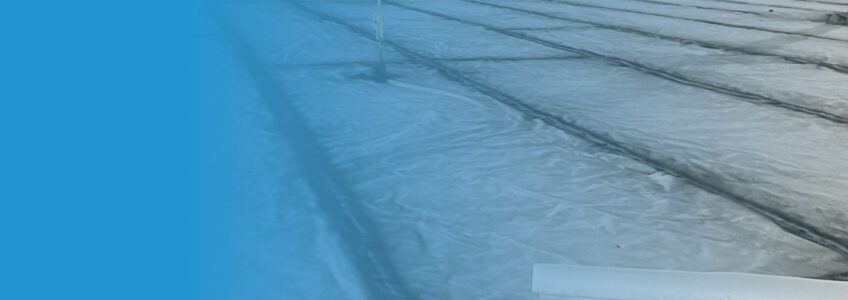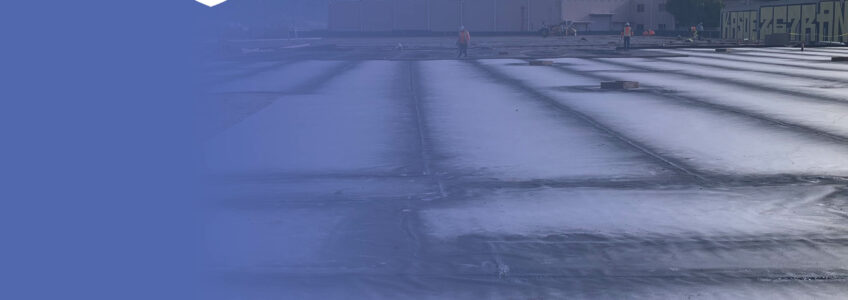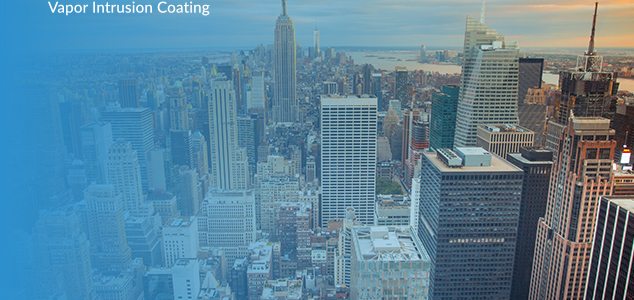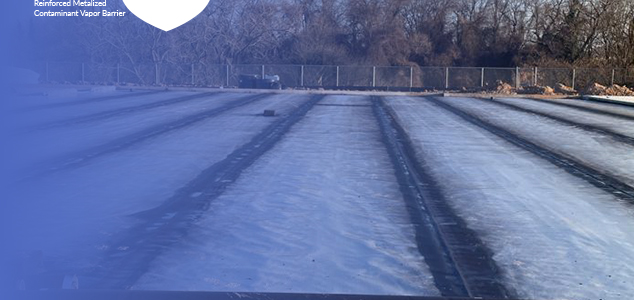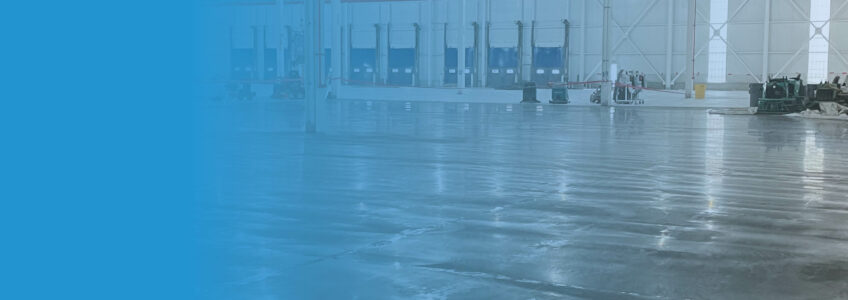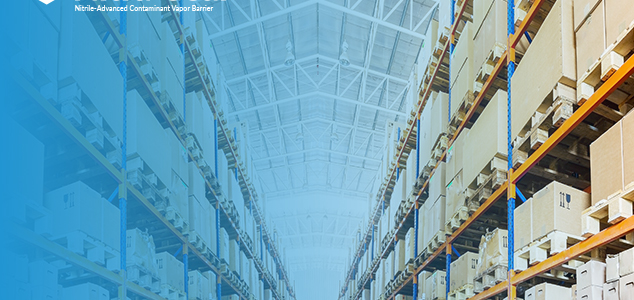Nitra-Seal Enables Brownfield Redevelopment
Project snapshot highlights:
- Successfully transformed a historic mill site into affordable housing, ensuring occupant safety from vapor intrusion.
- Demonstrated flexibility in remediation strategies by adapting to specific contaminant concerns.
- Implemented a comprehensive vapor mitigation approach with Nitra-Seal®, proving efficient and cost-effective.
A historic mill site in Greenville, SC, was successfully redeveloped into a residential complex with 214 affordable housing units. The site had trichloroethene (TCE) contamination, and to protect future residents from vapor intrusion risks, a Nitra-Seal Nitrile-Advanced vapor barrier system was installed. The project involved close coordination between Land Science, an environmental consultant, and a certified applicator to ensure efficient installation and compliance with quality standards. The redevelopment provides much-needed housing while repurposing a former brownfield site sustainably.
MonoShield Protects Multi-Acre Tampa Logistics Center
Project snapshot highlights:
- Swiftly neutralized vapor threats in a Tampa logistics center
- Met safety and environmental regulatory requirements
A new, expansive logistics center/warehouse building in Tampa, Florida, was the site of a former brownfield where past operations left petroleum hydrocarbons and methane contaminants remaining in soil and groundwater. A cost-effective solution was needed to mitigate the potential vapor intrusion risk from these contaminants. The project team reviewed multiple vapor intrusion mitigation system (VIMS) options, ultimately selecting the MonoShield® Reinforced Metalized Contaminant Vapor Barrier System. MonoShield was viewed as the best available, most cost-efficient technology for the large warehouse considering the site conditions in this fast-moving construction environment. With a foundation approaching a quarter million square feet, and a tight project schedule, MonoShield’s constructability and installation speed separated it from other VI systems considered. Land Science’s technical expertise and support in assisting with the VIMS design were also significant factors in the selection process.
Former Gas Station Developed Into Quick Service Retail
Project snapshot highlights:
- Former gas station transformed into a quick service retail establishment, demonstrating effective land repurposing
- Implementation of TerraShield vapor barrier system ensures elimination of potential vapor intrusion risks, safeguarding the health and safety of occupants
In New Jersey, a former gas station was repurposed into a quick service retail store. During decommissioning, petroleum hydrocarbon contaminants were found, posing a vapor intrusion risk. To preemptively address this issue, developers installed TerraShield vapor barrier system. This proactive measure ensures the safety of workers and customers by eliminating the threat of harmful petroleum hydrocarbon vapors infiltrating the retail space, thus facilitating a secure working environment.
Automobile Dealership Grand Re-Opening Moves Foward Following Successful Vapor Mitigation
Project snapshot highlights:
- Vapor mitigation enables safe expansion near landfill at an auto dealership
- TerraShield® with TerraVent™ system prevents methane gas intrusion
- Land Science provides expert design support for employee safety
In southeast Florida, an auto dealership expanded near a landfill, facing methane gas intrusion risks. TerraShield® with TerraVent™ was deployed to mitigate vapor intrusion, supported by Land Science’s expertise. The successful installation ensures compliance, creating a safe environment for employees, and advancing the dealership’s Grand Re-opening.
Vapors Effectively Mitigated at Cold Storage Warehouse Facility
Project snapshot highlights:
- Successfully mitigated vapors at a cold storage warehouse, ensuring occupant safety
- Adapted to a mixed soil gas plume, demonstrating flexibility in remediation strategies
- Implemented a hybrid approach with MonoShield® and Nitra-Seal®, proving cost-competitive and efficient
Tackled vapor intrusion risks at a 220,000 square foot cold storage warehouse in Pennsylvania. Combining chlorinated solvents and petroleum hydrocarbons, soil gas contamination threatened future occupants. Working closely with the client, Land Science devised a hybrid solution utilizing Nitra-Seal for office areas and MonoShield for the freezer section. Despite pandemic challenges, the successful installation of these systems ensured compliance with safety and environmental regulations, securing the warehouse for industrial use.
MonoShield Installed at Industrial Warehouse in San Fernando Valley
Project snapshot highlights:
- Prevented vapor intrusion in the warehouse, mitigating risks from groundwater contamination
- Swiftly installed MonoShield, ensuring construction progressed while safeguarding indoor air quality
- Demonstrated proactive environmental mitigation, securing the warehouse in the face of environmental challenges
A new state-of-the-art industrial warehouse facility was constructed in the San Fernando Valley, an area with a history of industrial-related groundwater contamination. The installation was a proactive measure to protect against potential vapor intrusion from soil and groundwater contaminants. The project faced a tight delivery deadline, necessitating a swift yet reliable installation of the vapor barrier.
Retro-Coat Protects Residents at Site of Former NYC Industrial Warehouse
Project snapshot highlights:
- Preemptive solution mitigates potential vapor intrusion threat in New York City
- Retro-Coat provides building residents assurance they are safe from breathing any potential contaminants from prior site uses
- Retro-Coat’s custom finish adds visual appeal to the interior space, enhancing the residents’ living environment
A former 20,000-square-foot industrial warehouse in the Bronx has been transformed into a residence for the community’s housing-insecure population. Based on the property’s history and the surrounding land use, the presence of contaminants such as petroleum hydrocarbons and chlorinated solvents could not be ruled out. Consequently, the developers worked with the City to develop a preemptive solution to mitigate the potential chemical vapor intrusion (VI) concern. Retro-Coat® — a vapor intrusion mitigation system designed as a long-term solution for protecting indoor air in existing buildings — was proposed.
MonoShield Protects Warehouse Against Potential Methane Vapor Intrusion
Project snapshot highlights:
- Easy, fast installation leads to successful implementation during winter conditions
- Effective implementation in near-freezing temperatures
- 220,000 square feet of MonoShield installed
A 220,000-square-foot warehouse development in Maryland, located near a former landfill, required contaminant vapor mitigation measures against the potential for methane vapor intrusion (VI). The initial VI mitigation system design proposed a 20-mil plastic membrane with taped seams. While this design met the minimum requirements for VI protection, its implementation during winter posed significant challenges. Cold weather conditions can diminish the workability of taped-barrier systems, leading to significant in-field challenges and project delays. To circumvent these issues and ensure adequate protection against methane VI, the project team sought the expertise of Land Science® for its MonoShield® Reinforced Metalized Contaminant Vapor Barrier and TerraVent Low-Profile Venting System.
Nitra-Seal Ensures Healthy Work Environment at New Electric Vehicle Plant
Project snapshot highlights:
- Major automaker trusts Land Science to proactively address potential vapor intrusion risk
- Nitra-Seal selected because it offered the best economic value for the level of vapor intrusion protection provided
- The new technologically advanced facility creates hundreds of new jobs for Southeast Michigan residents
A leading automobile manufacturer built a new 520,000-square-foot electric vehicle facility on the site of one of its former plants in Detroit, Michigan. The former site had a long history of automotive manufacturing. Considering the site’s history, and the potential for lingering solvent, fuel, or other subsurface chemical impacts, the auto company was proactive in applying a proven and effective contaminant vapor intrusion solution to ensure a healthy working environment for its employees. Ultimately, Nitra Seal® Nitrile-Advanced Contaminant Vapor Barrier with TerraVent™ Low Profile Venting System, was selected by the construction project team, offering the best economic value for the level of VI protection provided. MTN, Inc., a Land Science Certified Applicator, completed the installation with high efficiency, working directly with the concrete subcontractor to meet the scheduled production rate of the Nitra-Seal system installation. Quality assurance and control testing were completed per manufacturer’s specifications, verifying the integrity and proper installation of the contaminant vapor barrier system.
Nitra-Seal Protects Multi-Acre Tampa Logistics Center
Project snapshot highlights:
- 245,000 square foot installation eliminates vapor intrusion threat to future tenants
- Land Science’s technical expertise and support in assisting with the VIMS design were critical factors in the selection process
- High level of vapor intrusion protection ensured for future logistics center workers and office staff
A new, expansive logistics center in Tampa, Florida, was the site of a former brownfield, where past operations left petroleum hydrocarbons and methane contaminants in soil and groundwater. The project required a cost effective solution to mitigate the potential vapor intrusion risk from these contaminants. After reviewing multiple vapor intrusion mitigation system (VIMS) options, the project team ultimately selected the Nitra-Seal® NitrileAdvanced Contaminant Vapor Barrier and TerraVent™ Low Profile Venting System. Nitra-Seal was viewed as the best available, most cost-efficient technology for the large logistics center considering the site conditions and level of contaminant risk. With a foundation approaching a quarter million square feet, and a tight project schedule, Nitra-Seal’s nitrile-modified sprayapplied core results in faster installations, while also providing superior chemical protection, separating it from other VI systems considered. Land Science’s technical expertise and support in assisting with the VIMS design were also critical factors in the selection process.


